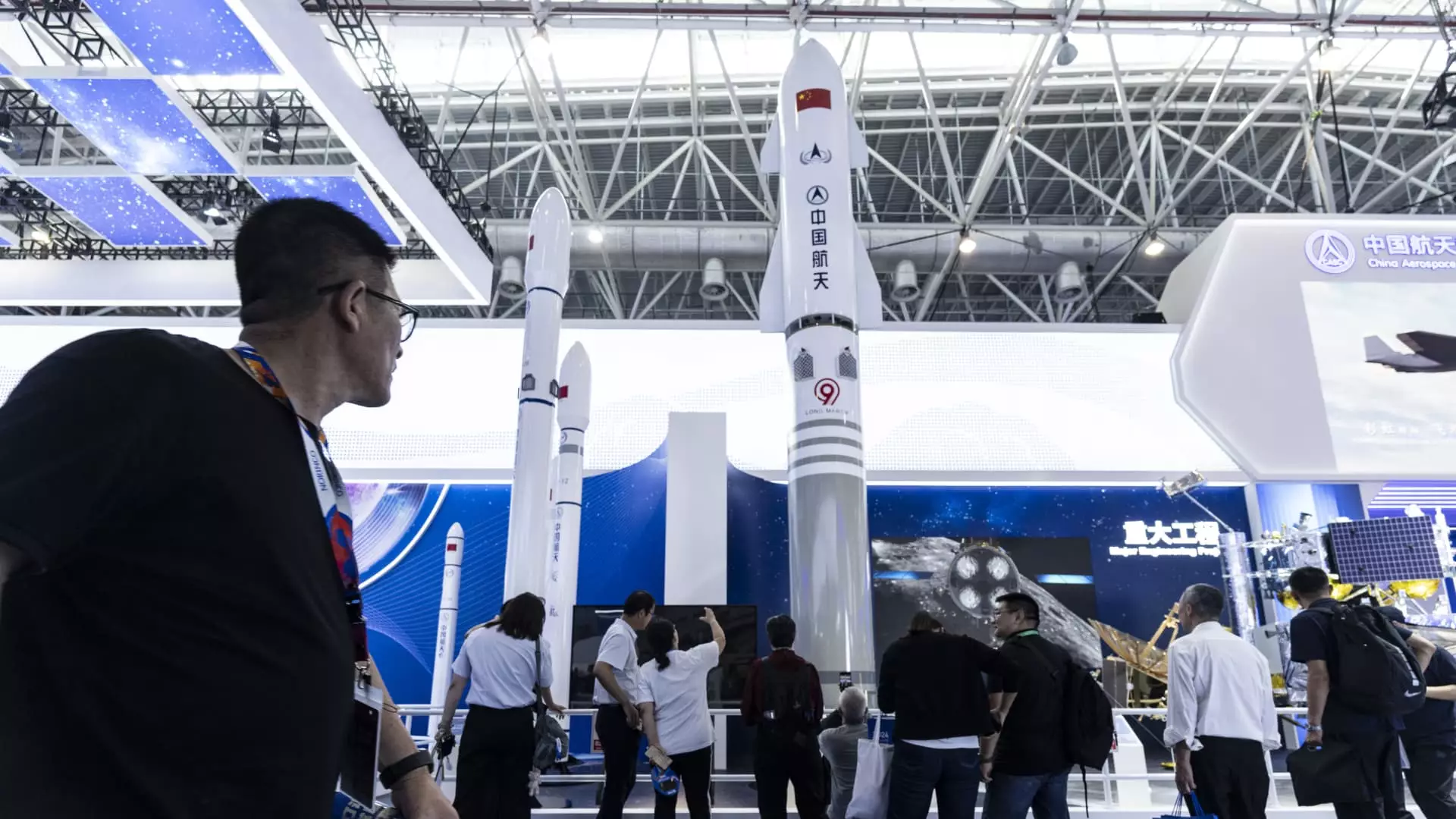As the race for satellite internet services heats up, China is stepping into a highly competitive arena dominated by Elon Musk’s SpaceX and its Starlink constellation. With nearly 7,000 operational satellites providing internet access to millions of users worldwide, Starlink has set a high bar for its competitors. China’s aspirations are ambitious, as it aims to launch around 38,000 satellites across multiple low-Earth orbit projects. This piece delves into the motivations behind China’s ambitions, the competitive landscape, and the implications for global internet access and censorship.
SpaceX’s Starlink has undoubtedly revolutionized how internet services can be delivered, particularly in remote or underserved regions. The ability to offer high-speed internet across vast geographies has reshaped expectations and set a standard in the industry. European initiative, Eutelsat OneWeb, and Amazon’s Project Kuiper are also emerging players in this field, indicating that the satellite internet sector is bustling with activity. While SpaceX is consolidating its dominance, the entry of other global players adds complexity to the market.
China’s ambition to establish a comparable infrastructure has multiple layers of motivation. The three satellite internet projects — Qianfan, Guo Wang, and Honghu-3 — reflect a strategic move not only to increase internet accessibility but also to secure geopolitical standing. With a proposed constellation that rivals SpaceX, the stakes are high as these initiatives seek to penetrate both established and emerging markets.
At its core, the development of satellite internet services has profound geopolitical implications. Steve Feldstein, a prominent fellow at the Carnegie Endowment for International Peace, highlights a dichotomy in how different nations may utilize this technology. For China, accessible satellite internet is more than just a service; it presents a potential threat to the strict censorship frameworks the country has maintained for years. By observing Starlink’s capacity to provide uncensored internet access, Chinese authorities recognize the risks associated with allowing free thoughts and ideas to penetrate their controlled digital landscape.
This context leads to the notion of a strategic countermeasure. Offering an alternative service that maintains restrictions can be a significant selling point in regions where free access to information is under threat. Blaine Curcio from Orbital Gateway Consulting highlights this differentiated offering as a potential competitive edge, especially in countries that may favor a more controlled internet experience.
The strategic targeting of specific geographic areas further illustrates China’s objectives in the satellite internet space. According to Juliana Suess from the German Institute for International and Security Affairs, regions including parts of Africa, Syria, and Afghanistan could represent fertile grounds for Chinese satellite services. Notably, these areas have historically lacked robust internet infrastructure, presenting a prime opportunity for competition against established services like Starlink.
Moreover, with Huawei already holding significant influence in Africa’s 4G infrastructure, it is conceivable that an integration of satellite-based internet could further entrench Chinese presence on the continent. This partnership can lay a foundation to facilitate both economic ties and political leverage, illustrating how technology can be intricately linked to global aspirations and influence.
Beyond the commercial and geopolitical dimensions, having a proprietary satellite internet constellation is increasingly viewed as a national security imperative. In light of modern warfare, where traditional ground infrastructures may be compromised, communication becomes crucial. Ukraine’s battlefield experience serves as a testament to the importance of satellite internet, enabling advanced military operations and enhancing strategic warfare capabilities.
Feldstein points to the rise of drone warfare and the importance of connectivity in modern conflict zones as critical factors exemplifying this necessity. A reliable satellite communication network could provide nations with a strategic advantage in rapidly evolving geopolitical environments.
As China embarks on its ambitious satellite internet endeavors, the competitive landscape shaped by SpaceX’s Starlink and other emerging players will continually evolve. The implications of this race extend beyond mere commercial interests, delving into intricate geopolitical dynamics and national security considerations. Whether China’s efforts will yield a robust satellite internet infrastructure capable of rivaling SpaceX remains to be seen, but it’s clear that the stakes are exceptionally high. In a world where information is power, the outcome of this technological race will undoubtedly shape the future of global connectivity and information accessibility.


Leave a Reply